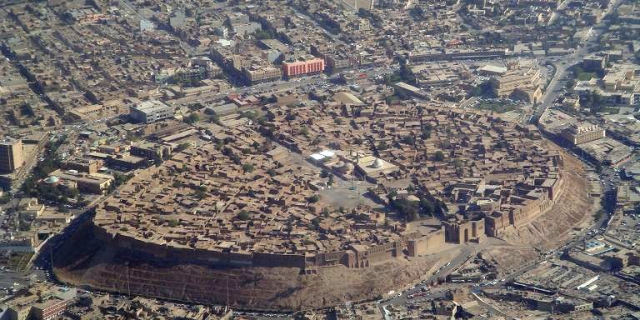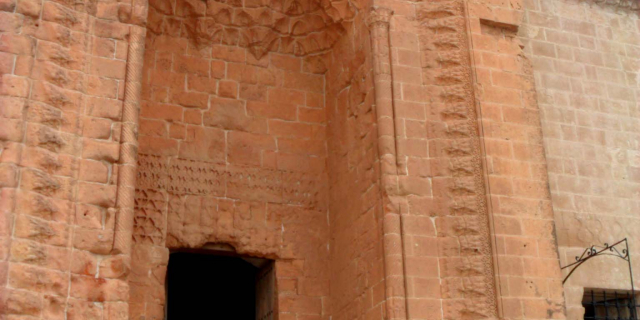Karahan Tepe (Kurdish: Girê Keçel) is an archaeological site in Şanlıurfa Province in Turkey. The site is close to Göbekli Tepe and archaeologists have also uncovered T-shaped stelae there and believe that the sites are related. According to Daily Sabah, "The excavations have uncovered 250 obelisks featuring animal figures" as of 2020. Additionally, the site may be the earliest known human village, predating the construction of Göbekli Tepe, dating to between 9,000-11,000 BCE.
The site is located near Yağmurlu and roughly 46 kilometers east of Göbekli Tepe, which is often called its sister site. It is part of the Göbeklitepe Culture and Karahantepe Excavations project. The area is known as “Keçilitepe” by local people. It is part of a region of similar sites now being uncovered known as the Taş Tepeler.
 Karahan Tepe
Karahan TepeThe ancient structures at Karahan Tepe were discovered in 1997 by "researchers near the Kargalı neighborhood in the Tek Tek Mountains National Park."[1]
Necmi Karul, an archeologist at Istanbul University, told Anadolu Agency in 2019, “Last year, excavation work restarted in Karahantepe [Kectepe] – around 60 km from where Göbeklitepe is located – and we encountered traces of special structures, obelisks, animal sculptures, and descriptions as well as similar symbolism”.[2] The site was filled with dirt and rubble at some point, preserving T-topped columns carved into bedrock.[3] These structures have been described as 'phallic totems'.[4]




























Add new comment